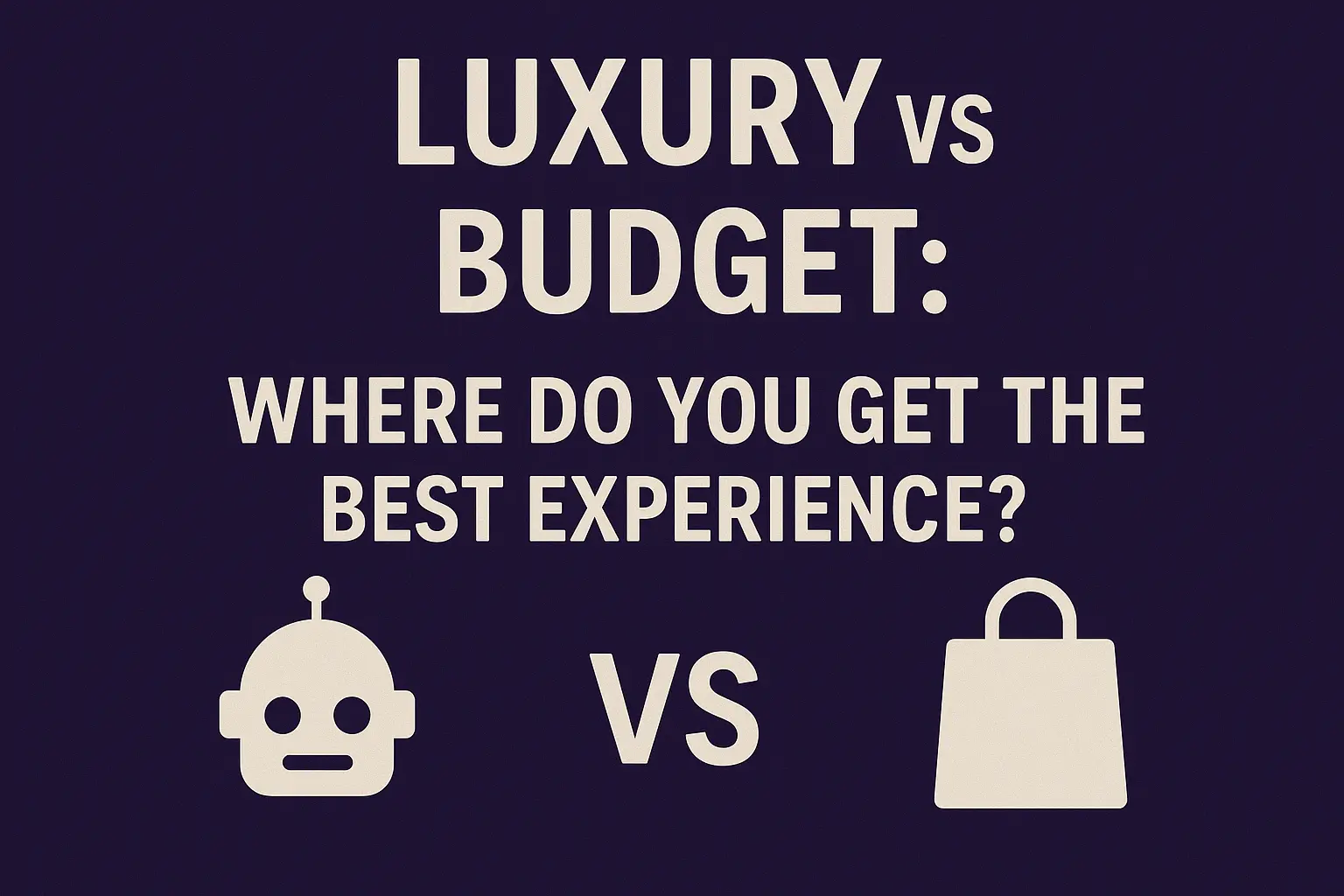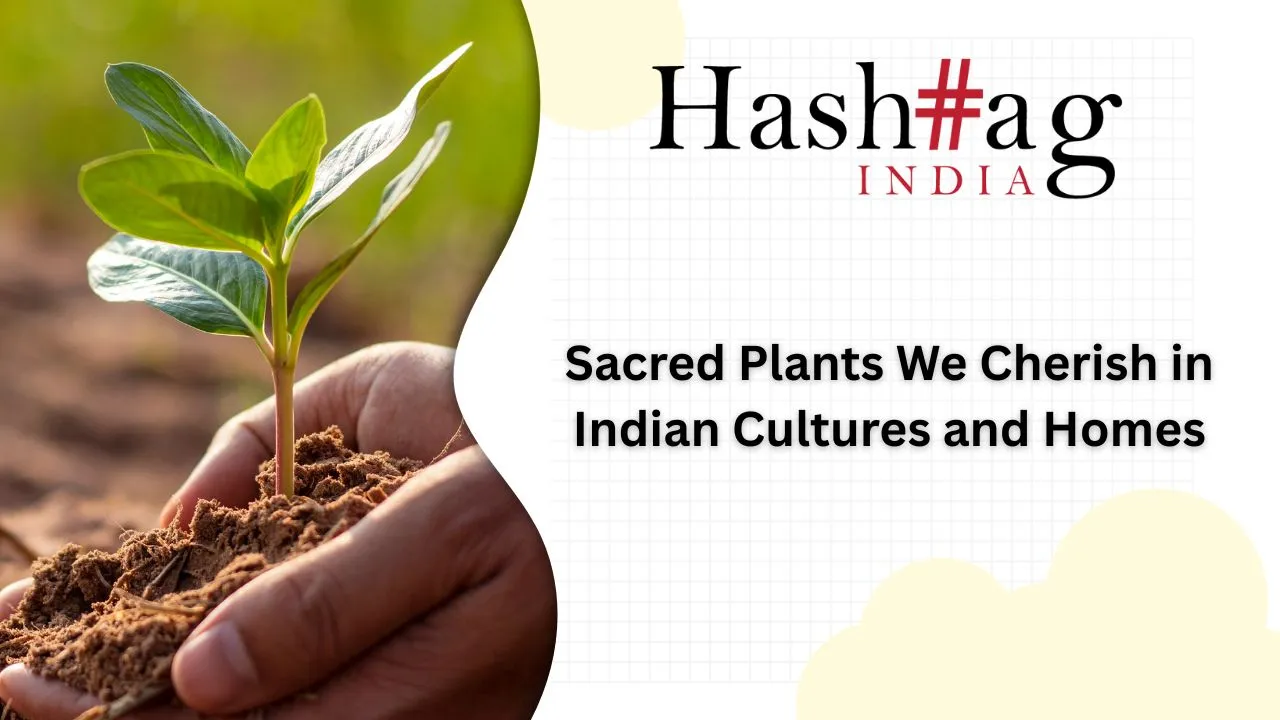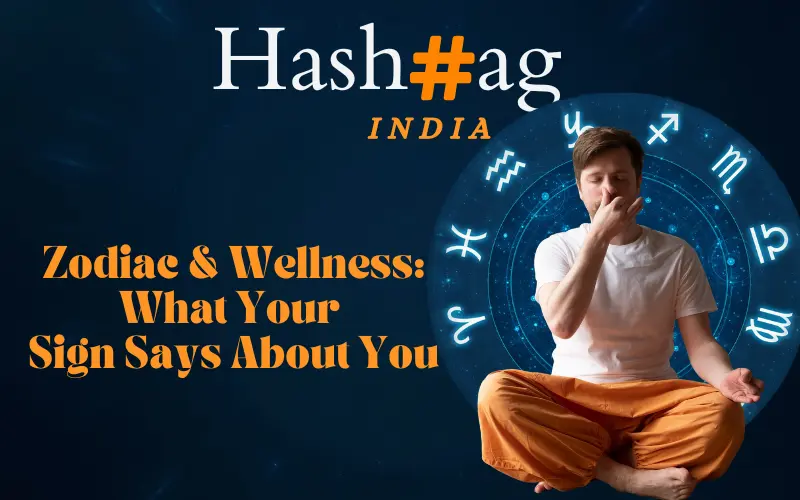Do you know what causes low vitamin D and how to prevent a lack of this essential nutrient? Vitamin D sometimes referred to as the “sunshine vitamin,” is mostly obtained through sunlight. We also obtain vitamin D from a variety of food sources, including eggs, fatty fish, cheese, soy milk, and fortified meals, as well as from our skin, which produces the essential component when exposed to sunshine. Vitamin D can be obtained in three ways: through the skin, through diet, and through supplements. Sakshi Singh, pursuing graduation in BSc Home Science with a specialisation in clinical nutrition and dietetics from Isabella Thoburn College Lucknow lists seven reasons why your Vitamin D levels are low.
In addition to many other health problems, low vitamin D levels may raise the risk of osteoporosis, fractures, loss of bone density, and rickets. Numerous scientists are looking at the relationship between vitamin D and autoimmune disorders like multiple sclerosis and diseases including diabetes, high blood pressure, and cancer. Low vitamin D levels can be caused by a variety of factors, including inadequate sunlight exposure, old age, and chronic kidney disease.
The reference range for Vitamin D deficiency varies, but many consider 20 ng/mL to be deficient. Many studies, however, suggest that a more optimal level is around 60 mg/mL. Low levels of vitamin D can be caused by a variety of things, including inadequate sun exposure, advanced age, and chronic renal illness. Vitamin D deficiency has become more prevalent recently. It is less readily available in foods, and people do not get enough sunlight. Sunlight exposure in the early morning, before 8 am, aids in the production of vitamin D. Unfortunately, people don’t have much sun exposure because of their busy schedules. Some patients have chronic renal disease, which prevents the body from producing the active form of vitamin D. Increased consumption of vitamin D-rich meals each day helps control vitamin D levels. Keep in mind that most meals do not provide enough vitamin D on their own to meet daily recommendations. To ensure that vitamin D is absorbed into the bone tissue, adequate physical activity is necessary. When we are not exposed to sunlight, our bodies are unable to produce enough vitamin D3.
A sulphur shortage could also result from avoiding foods like broccoli, eggs, nuts, seeds, and legumes, which are sources of the mineral. When your skin is exposed to sunlight, your body produces cholesterol. It’s also found in some foods, such as fatty fish and fortified dairy products, but getting enough from diet alone is difficult.
The recommended daily intake (RDI) is typically 400-800 IU, but many experts believe you should get even more. Vitamin D deficiency is widespread. It is estimated that approximately 1 billion people around the world have low levels of the vitamin in their blood.
Signs of Vitamin D deficiency:-
There are many symptoms of vitamin D deficiency, and many of them overlap with symptoms of other major diseases. Only a proper blood test or a few other important tests, such as a calcium and phosphate level test, can help your doctor determine vitamin D deficiency. Furthermore, there are several symptoms of this deficiency, which are as follows:

- Aching Muscles:- It is one of the most significant signs because vitamin D aids in the absorption of calcium, and calcium aids in the maintenance of bone strength. This, in turn, affects the strength, flexibility, and mobility of your bones. As a result, bones may become achy and weak.
- Binge Eating:- People today are addicted to new patterns, lifestyle changes, and technological advancements. Binge eating frequently leads to impaired tendencies and may cause the lack of Vitamin D or any other nutrient.
- Painful Bones:- Because of its relationship with calcium and phosphate, vitamin D helps maintain bone strength, as previously discussed. The bones may weaken, causing pain, cracking noises, problems bending, standing, or doing any activity, or affecting how your joints work.
- Fatigue:- Vitamin D is essential for cell metabolism, meaning its deficiency can make you sleep for long and tired for no reason. It can also make it difficult for you to carry out your daily activities.
- Low moods:- Vitamin D is important for brain health and neurotransmitter production, and deficiency has been linked to depression, anxiety, dementia, and other cognitive disorders.
- Heart Problems:- A lack of vitamin D has been linked to an increased risk of heart and cardiovascular diseases such as high blood pressure and stroke.
- Reduced cognitive function:- Vitamin D has neuroprotective properties, and is involved in nerve function preservation, and a lack of it has been linked to cognitive diseases such as dementia.
- Depression:- A depressed mood could also indicate a vitamin D deficiency. Researchers have linked vitamin D deficiency to depression, particularly in older adults, in review studies. In one study, 65% of observational studies discovered a link between low blood levels and depression. However, the researchers who reviewed the studies noted that vitamin D dosages in controlled studies were frequently very low.
7 Common Risk factors of Vitamin D deficiency
- Having dark skin.
- Being elderly.
- Being overweight or obese.
- Not eating much fish or dairy.
- Always using sunscreen when going out.
- Staying indoors.
- People who live close to the equator and receive a lot of sunlight have a lower risk of vitamin D deficiency because their skin produces enough vitamin D to meet bodily needs.
Fixing your deficiency is simple and can have significant health benefits. Vitamin D deficiency is extremely common, and the majority of people are unaware of it. This is because the symptoms are frequently subtle and non-specific, making it difficult to determine whether they are caused by low vitamin D levels or something else. If you suspect you have a deficiency, consult with your doctor and have your blood levels checked. Fortunately, vitamin D deficiency is usually simple to correct. Increase your sun exposure, eat more vitamin-D-rich foods like fatty fish or fortified dairy products, or take a vitamin D supplement.

























